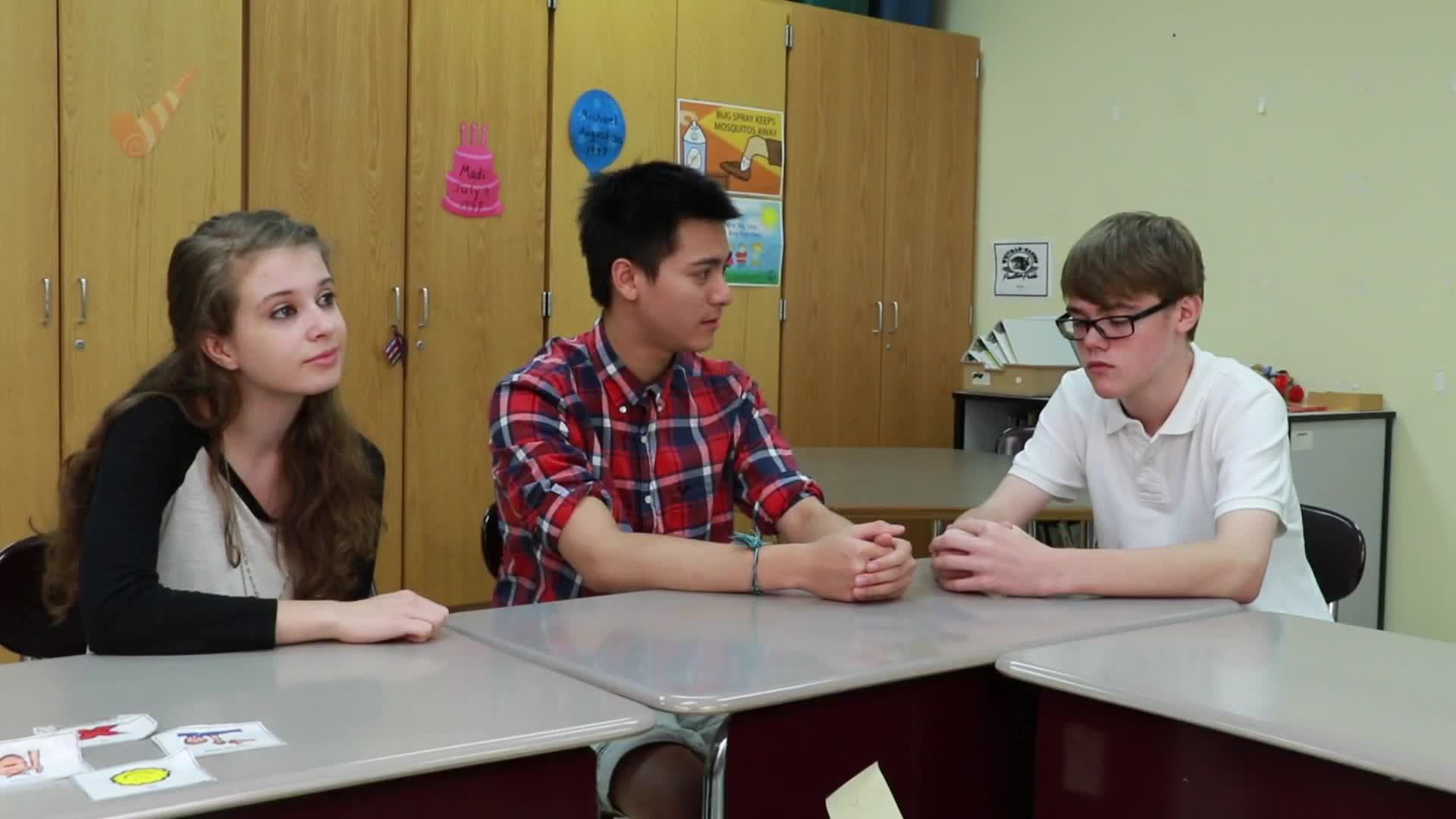
In this blog post, we will discuss the importance of teaching elementary students how to match their facial expressions and tone of voice to the words they are saying. By doing so, children can effectively communicate their feelings and emotions, avoiding confusion and misunderstandings. We will provide an easy no-prep activity, discussion questions, and related skills to help educators teach this essential social-emotional learning concept.
No-Prep Activity: Emotion Charades
This simple activity requires no preparation or materials, making it a perfect fit for busy educators. To play Emotion Charades, follow these steps:
- Ask the students to sit in a circle.
- Choose a student to be the “actor” and have them stand in the center of the circle.
- Whisper an emotion (e.g., happy, sad, angry, surprised) to the actor.
- The actor must then convey the emotion using only their facial expressions and tone of voice without using any words.
- The other students in the circle must guess the emotion being portrayed by the actor.
- Once the emotion has been correctly guessed, choose another student to be the actor and repeat the process.
Emotion Charades helps children practice matching their facial expressions and tone of voice to the emotions they are trying to convey. It also helps them develop empathy and understanding of others’ emotions.
Discussion Questions
- Why is it important to match our facial expressions and tone of voice to the words we are saying?
- Can you think of a time when someone’s facial expression or tone of voice didn’t match their words? How did that make you feel?
- How can we practice being more aware of our facial expressions and tone of voice when communicating with others?
- Why is it essential to understand and respond to others’ emotions appropriately?
- How can we help our friends and classmates feel better when they are having a bad day?
Related Skills
Teaching students to match their facial expressions and tone of voice with their words is just one aspect of social-emotional learning. Other related skills that can help students develop healthy communication habits include:
- Active listening: Encourage students to listen carefully to others and respond thoughtfully.
- Empathy: Teach students how to put themselves in others’ shoes and understand their feelings.
- Nonverbal communication: Help students become aware of body language, gestures, and facial expressions.
- Conflict resolution: Equip students with the skills to resolve disagreements and misunderstandings in a respectful manner.
Next Steps
Now that you have learned about the importance of matching facial expressions and tone of voice with words, it’s time to put these skills into practice with your students. To help you get started, we invite you to sign up for free sample materials that cover this skill and many others related to social-emotional learning. These resources will provide you with engaging activities, videos, and lessons to help your students develop strong communication habits and enhance their social-emotional well-being.





